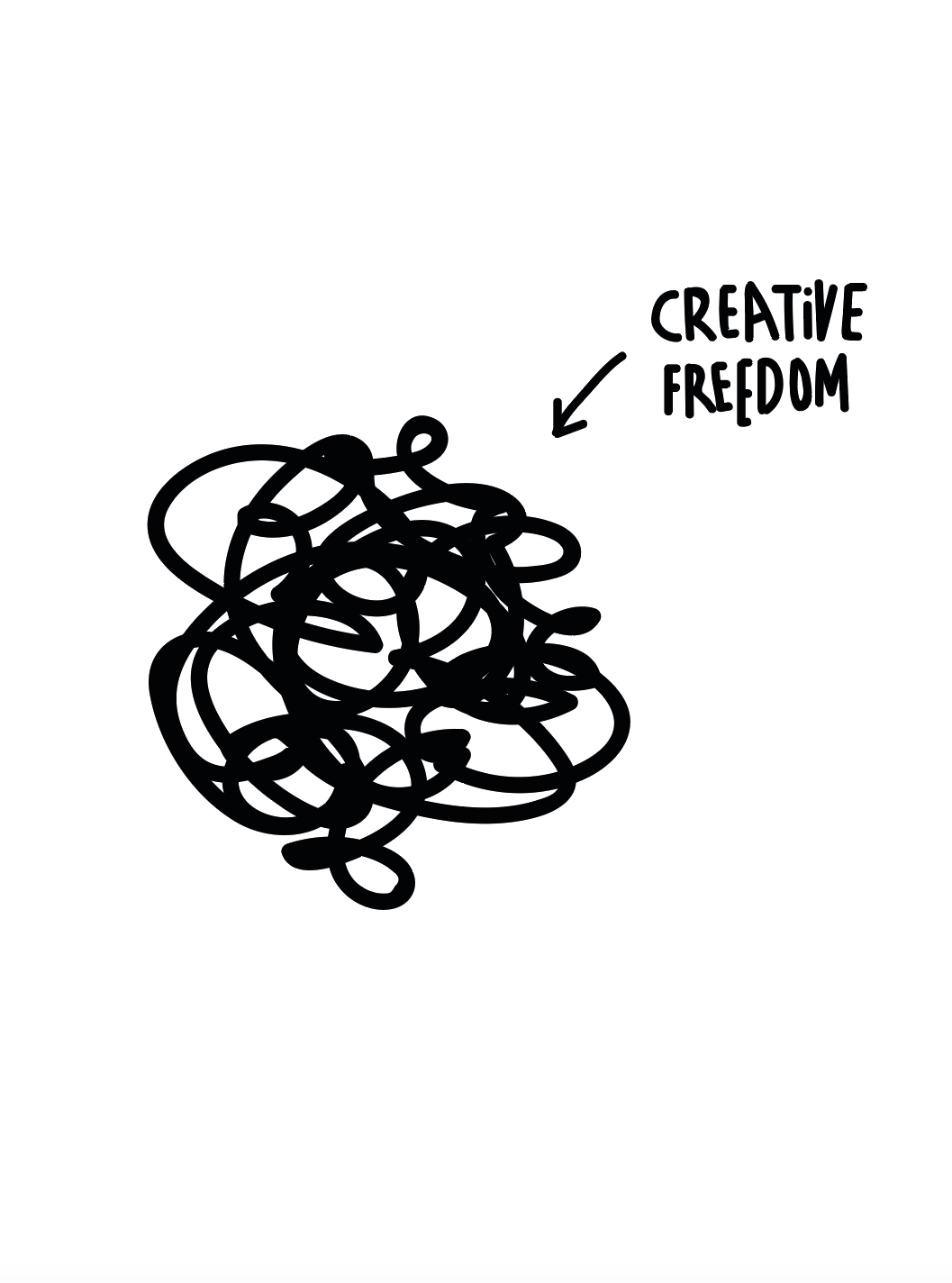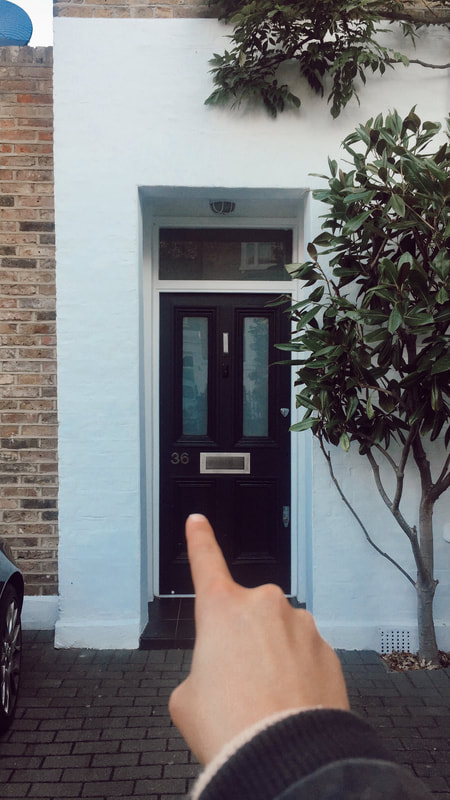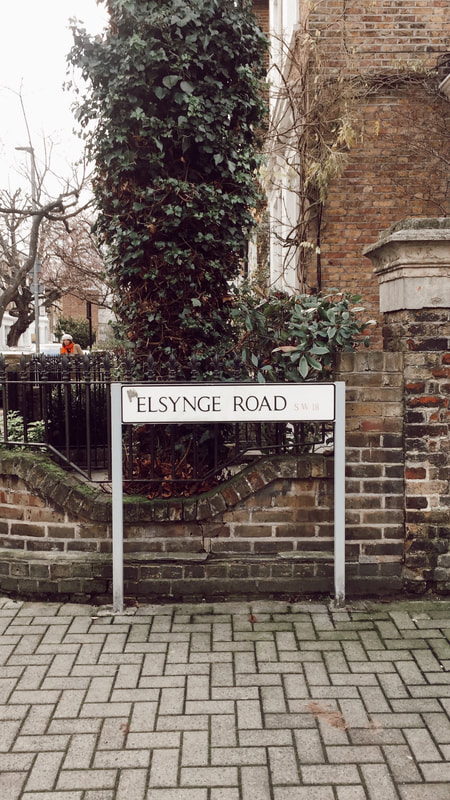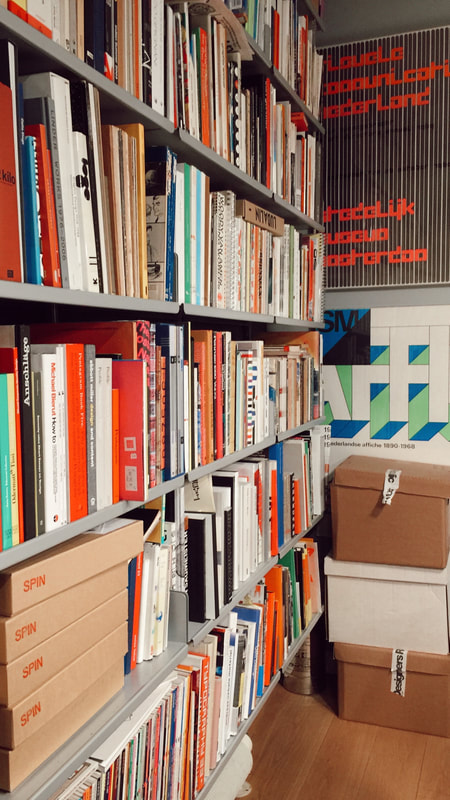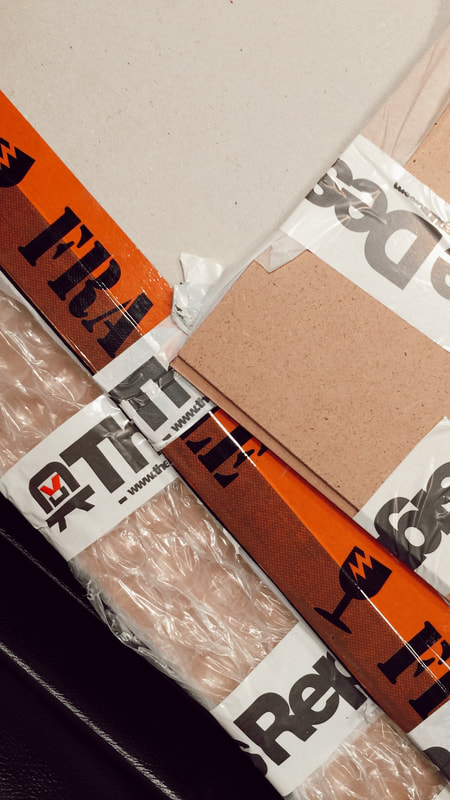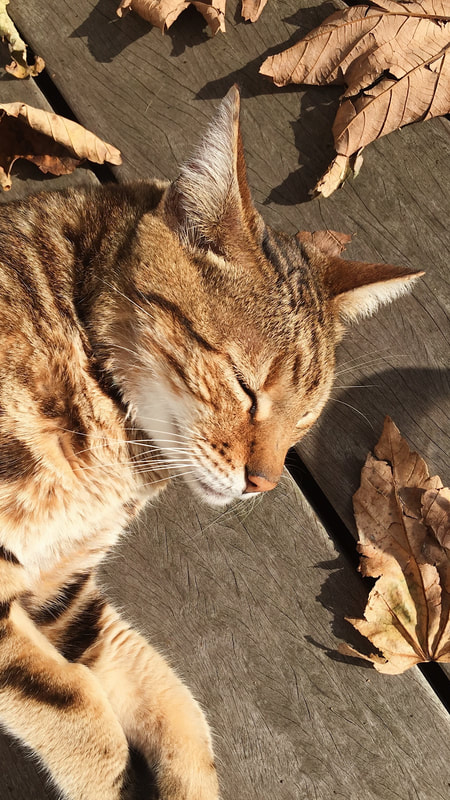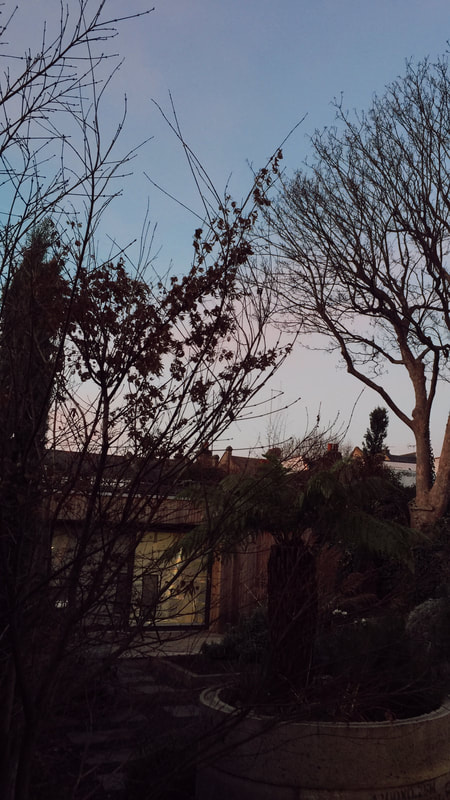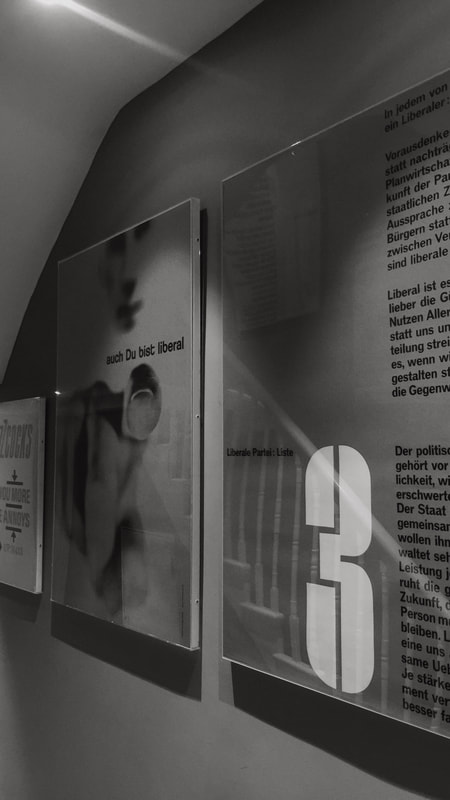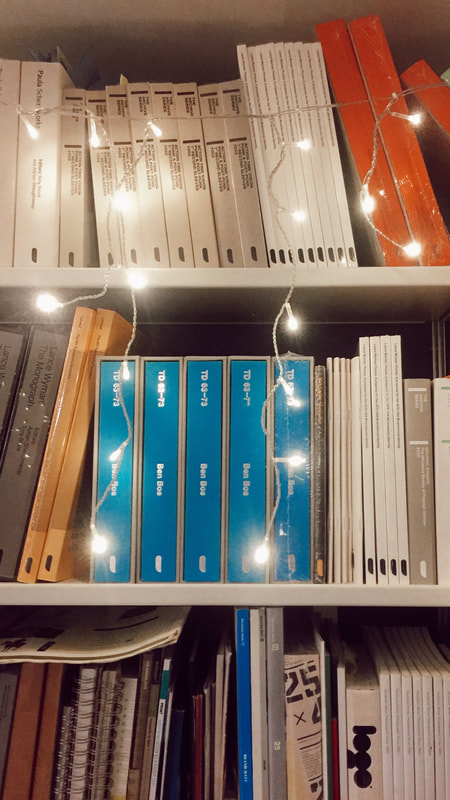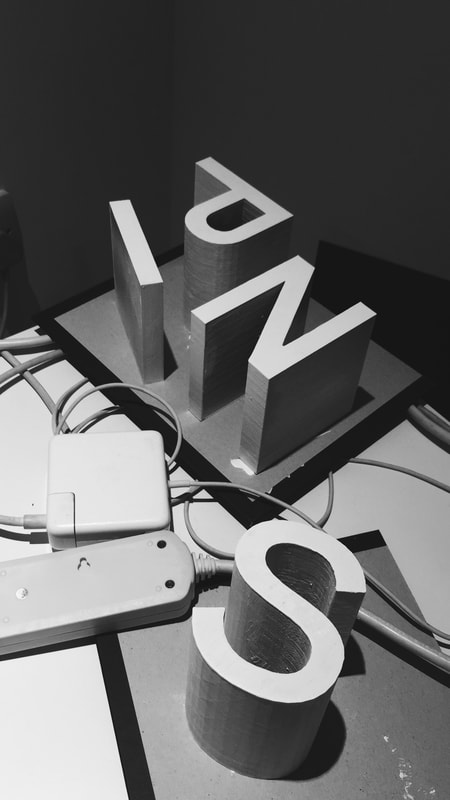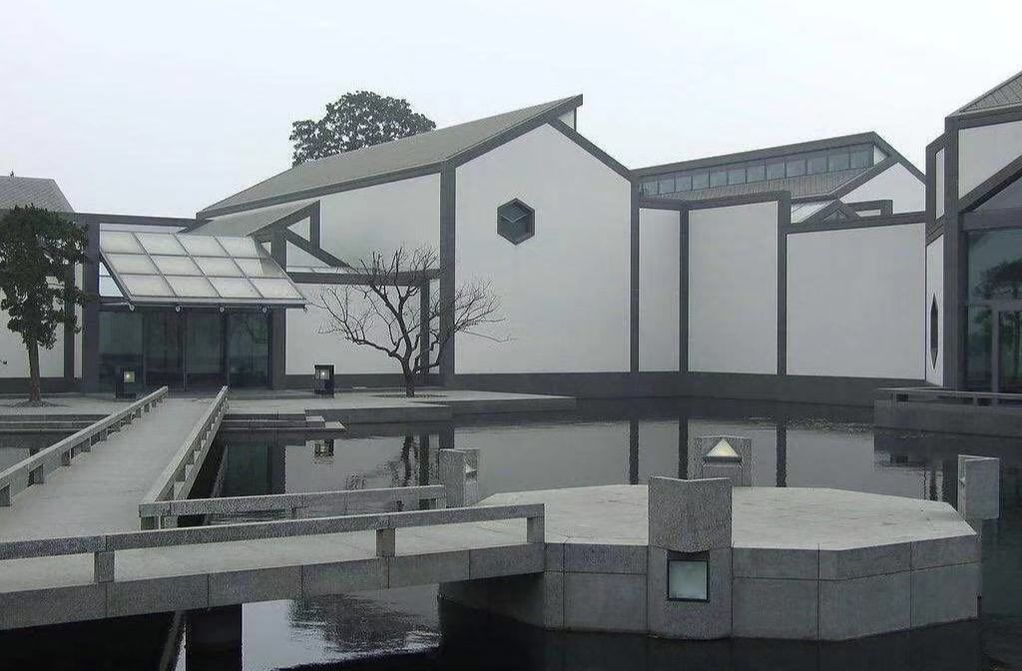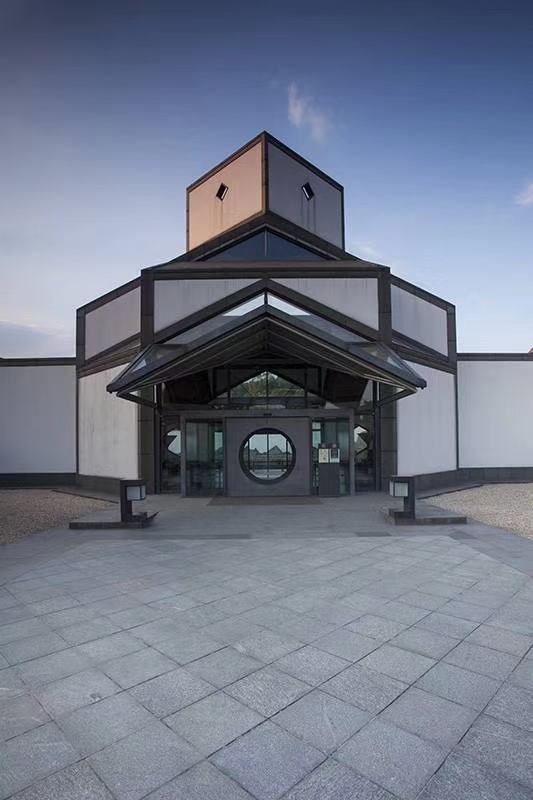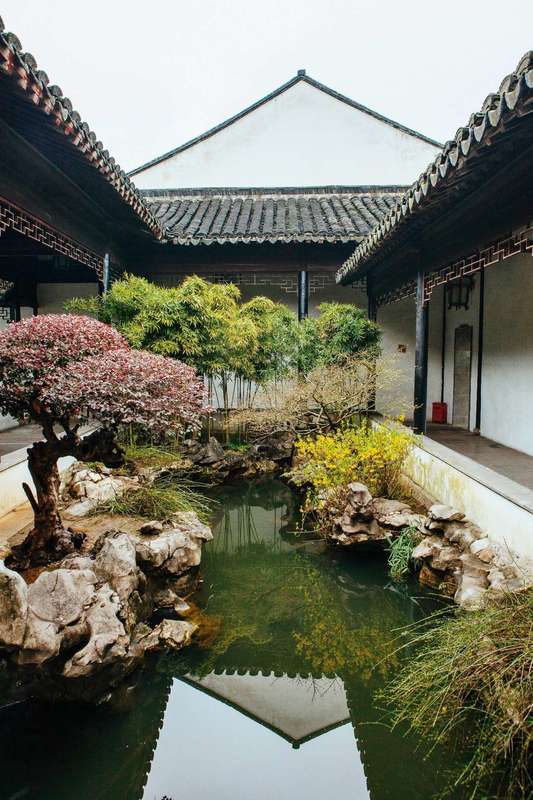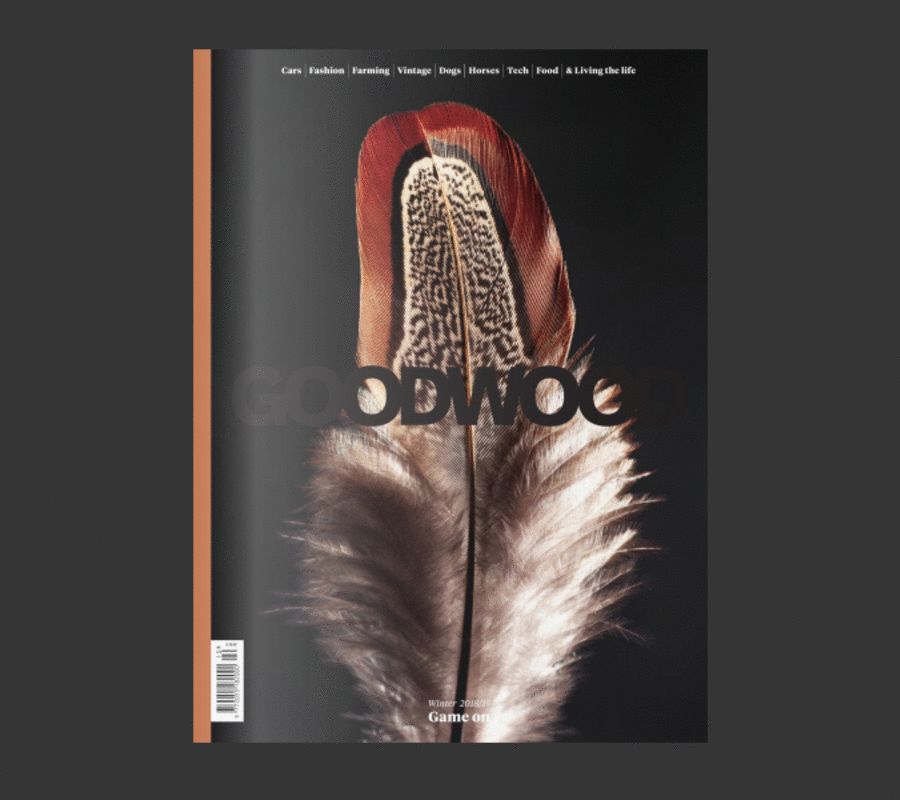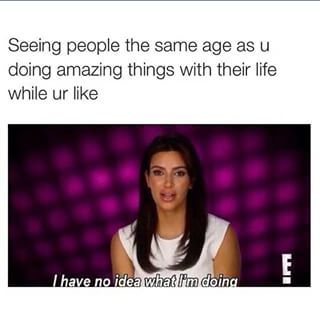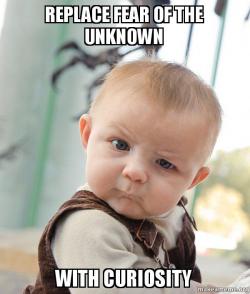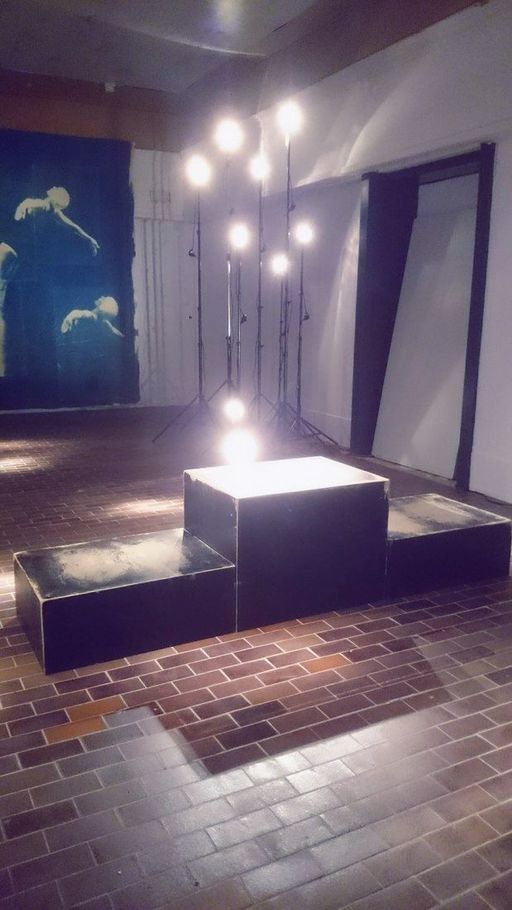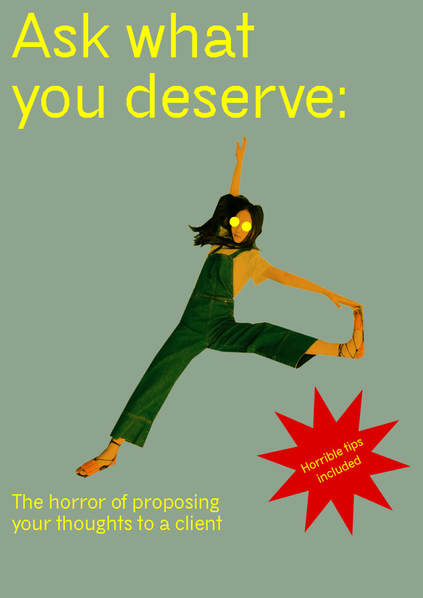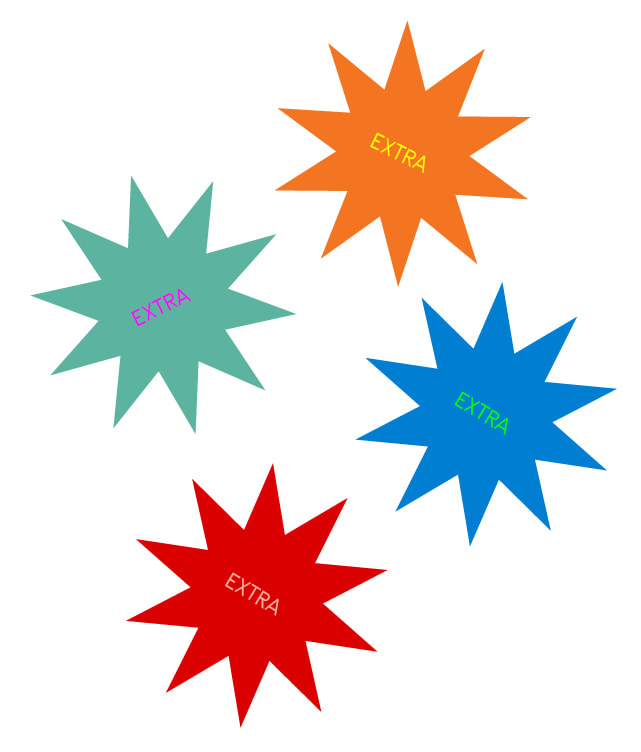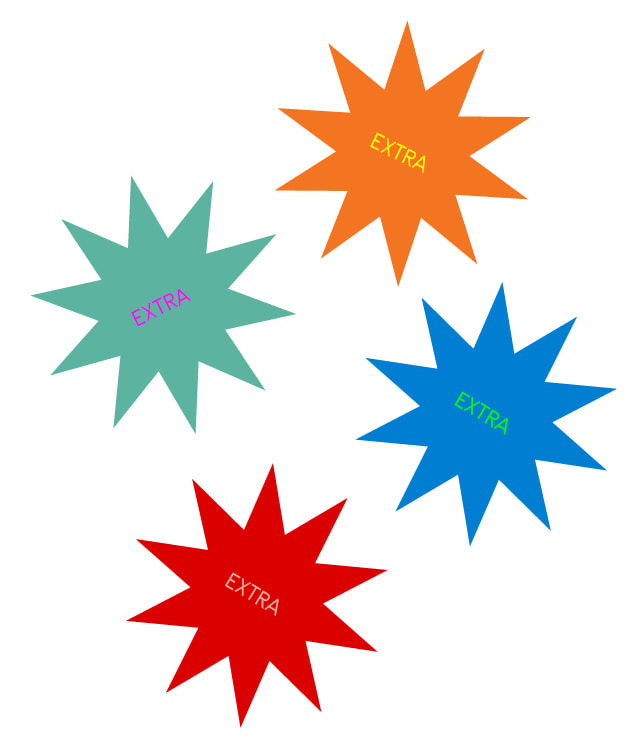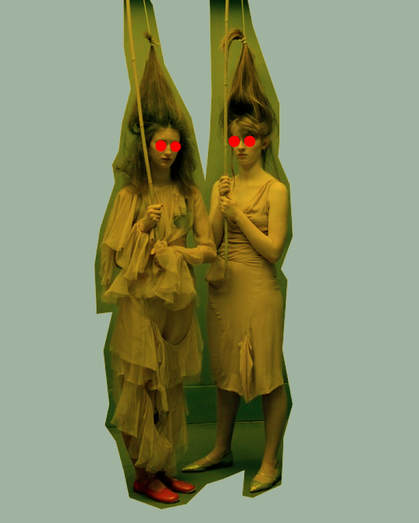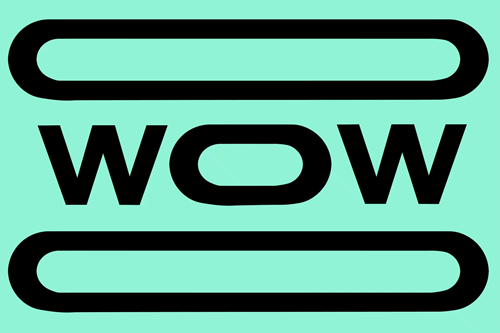|
India Wilson
My love for learning and using rules and order stems from high school. In fact, high school seemed like the perfect system, which nurtured this fondness. To work within such predetermined systems became oddly comforting to me; it was safe and familiar. To have creative freedom within the walls of a given question seemed satisfying enough. It was thrilling to work your way to a resolution through your own logical methodology – one that was albeit foreseen by someone else. Yet, this love for rules was challenged when I stepped into Camberwell College of Art during my Foundation Course. There, it was as though suddenly, nothing was off limits. This pure freedom I was given, felt so alien that it felt incorrect. I encountered a white space that I didn’t know how to react to. There was no black and white answer, but ‘an emptiness full of possibilities’ – a shimmering rainbow that I never knew existed. I didn’t know how to function around it, or how to control my thinking. I didn’t see it as an opportunity but as an unnerving uncertainty; where the endless possibilities meant that there was no concrete solution that was ever valid. I felt like the logic broke down and constantly stifled the creativity. I even considered I had chosen the wrong path for a long time, as it was so much to handle. It was as though I had to reprogram my thinking. Throughout the next two years at LCC, perhaps as a coping mechanism, I tried to stay as close as I could to what was inside the box, like a child would do as they cling to the edges of an ice rink when they cannot skate. Occasional spews of bravery saw me venture outside the box, only to furiously run back in. However, having just completed my first internship at Penguin Books, DK, I feel has helped me to realise how far I have come in terms of my relationship with my creative freedom. I, at first, thought working would be no different to university – that I would be encouraged to question everything, from things like the format of a book to what a book could be. I instead found the process involved a lot more logic, rules and order. My past self would have been leaping for joy. But now, something that I had once felt so safe in, quickly began to feel restrictive, as though there was less air to breathe in. I began to miss the pure freedom I once had. I realise I should never have taken for granted or rejected for that matter, the freedom I was given at university, for I now know it is like liquid gold. Creativity is like an old friend, an ambassador of play, a way to explore, discover and learn. A value and necessity I never really understood until now. Other things I learned at Penguin Books, DK.
0 Comments
by Rita Desport (GMD) I came back to London from my summer holidays on the 26th of September truly excited for the year ahead. I had managed to secure an internship for October in the beginning of the summer which meant the next couple of months were surprisingly carefree. When I came back, however, all the stress avoided during those relaxed months came crashing down at once.
The studio I had been talking to had to hire some freelancers due to an unexpected heavy flow of work. This meant that the place that was once available for me, wasn’t anymore. I was incredibly frustrated as I was left with nothing. Panicked, I spent the next couple of days sending emails to studios, graphic designers and creative directors, some of which I didn’t think I had the courage (and confidence) to send my portfolio. But well, you know what they say, “desperate times call for desperate measures”. A week after, I had 4 interviews scheduled, one of which with SPIN. I got there with no expectations at all, quite nervous and sweaty because of the big box I had brought.. I was interviewed by Tony Brook and two other graphic designers and asked to show every piece of work I had brought in my portfolio box. To be honest, I was almost sure I wouldn’t get it because I thought it was way out of my league. Next thing I know, they are introducing me to the studio members, showing me around and asking me if I could start on Monday. It’s been 10 weeks since then and honestly the best couple of months I could have asked for. Everyone is incredibly welcoming and make me feel at home (quite literally as they just moved in to Trish and Tony’s home). I’m still astonished by the quality of work but, at the same time, I feel part of it. Looking back to the beginning of my DPS year, I never thought I’d be in the fascinating position I’m now. I realise the incredible progress I’ve made as a designer but most of all as a “soon to be” professional in the creative industry. I’ve been lucky enough to work side by side with one of my personal idols, Tony Brook, who is by far one of the best people I’ve ever met. Also, being an intern at Spin means working in parallel with Unit Editions and understanding how a publishing business works. This partnership between both companies has given me the chance to meet different people from different industries and develop a wide range of skills with which I wouldn’t be in contact with if I was interning in a normal design studio set up. We're 6: Tony (creative director), Claudia (design director), Jonathan (designer), Trish (managing director), Edie (project manager) and me! Being the only intern in such a small team comes with a lot of responsibilities, though. Over the weeks, I’ve definitely gained the trust of the designers and managers and I’ve seen my work acknowledged by them. A few weeks ago, for instance, Ian Anderson came over to discuss the new book Unit Editions is publishing about The Designers Republic and most of the presentation included my work in photography and editorial design. Tony Brook, being the kind and honest professional he is, made sure to introduce me to Ian highlighting the fact that I’ve been working very hard on his book. Working in such a renowned yet small studio also gives me the opportunity to meet and talk to great professionals of this industry. Creatives like Paula Scher, Adrian Shaughnessy, Mark Sinclair and Domenic Lippa are regulars at the studio and incredibly friendly and easy going! The best moments so far have been: - meeting Paula Scher - cooking for the team (each of us make turns cooking for everyone on friday) - the Spit (Spin+Unit) Christmas party - being hugged by Tony - seeing my work acknowledged by a client - designing a new book for Unit Editions - having my photographs of books/posters called the "sexy photos" - receiving a poster designed by Tony - reading parts of some great Unit books over lunch - extending my internship for 6 months Overall, it’s been a really challenging experience but completely worth the long daily commute to Clapham Junction. I’ve been enjoying every second of it and trying to absorb as much as possible. Let’s see what the next few months at SPIN hold for me! Wish me luck x by Hunter Zhu Graphic and media design I spent this weekend in Suzhou, a city that is widely hailed as a “Paradise on Earth.” It has had a strong cultural and artistic significance in China for centuries as many painters and poets have journeyed south of the Yangtze River to Suzhou since the Tang and Song dynasties. Affluent and wealthy individuals, such as politicians and businessmen, have also invested in the area’s lands to build private property and sprawling gardens. Most of these gardens have been preserved since the Ming and Qing dynasties, when they were either renovated or rebuilt. This has made Suzhou famous for its exquisite classical gardens, which blend into a natural scenery of mountains, lakes, and quaint bridges over charming creeks. Suzhou currently boasts the largest number and greatest artistic quality of classical gardens in the country. First, I visited the Humble Administrator’s Garden which is found in the northeastern part of Old Suzhou.Protected and registered as a UNESCO World Heritage Site, it is the most famous and most visited classical garden of Suzhou. The Humble Administrator’s Garden was constructed in the early 16th century by the dismissed imperial official Wang Xiancheng when he returned to his hometown. There are several stories that explain its purpose. One claims that Wang Xiancheng felt regret and wanted to redeem himself by retiring to a simpler life in which he strived to become worthy of tending a garden. Many ancient scholars have shared similar desires to return to a humbler, rural existence. The second story says that he gave the garden its “Humble” name to sarcastically mock the gentility, since the lavish grounds explicitly express opulence and grandiosity. Another maintains that Wang Xiancheng just wanted to display his own taste. The Humble Administrator’s Garden covers an area of about 52 ,000 square meters (12.85 acres) and is divided into three sections: Eastern, Central, and Western. The Central Garden encompasses virtually the entire attraction. Meanwhile the Eastern Garden is vast and open and the Western Garden showcases the traditional architecture of previous owners’ residences. The facility is built around water, surrounded by rivers and mountains. The grounds feature beautiful pavilions, blooming flowers, lush foliage, and characteristics that are distinct to the southern region of the Yangtze River. The Hall of Distance Fragrance, also known as the Hall of Drifting Fragrance, is the Humble Administrator’s Garden’s main building and centerpiece which was originally built to entertain visitors. A large lotus pond lies in front, while the hall is made up of three open rooms and is surrounded by four walls made of panoptic windows. The interiors are not obstructed by any pillars, and the windows afford excellent views of the outside surroundings. Turning around inside to gaze outward at the changing of the seasons is an experience reminiscent to viewing artwork on a scroll. The Humble Administrator’s Garden is more than 400 years old, boasting numerous distinguished owners of accomplishment and influence. The grounds and structures have been continuously repaired and renovated by a number of renowned craftsmen over the years. The rolling landscape and flora blend in seamlessly with Suzhou’s natural surroundings. There is no sense of artificiality. All of these things have helped make the Humble Administrator’s Garden a world-renowned site of cultural heritage, historic art, and traditional architecture that has attracted throngs of tourists from all over China and the world. In fact, on October 19, 2018, King Harald V and Queen Sonja of Norway made a visit to the Humble Administrator’s Garden as part of their trip to China. Early this November, the Humble Administrator’s Garden was the venue for the “Chinese Classical Garden Encounters British Traditional Manor: Picture Exhibition of Humble Administrator’s Garden and Castle Howard.” Castle Howard is one of the United Kingdom's finest stately mansions and a surviving example of the British Baroque architectural style, while the Humble Administrator’s Garden serves as an excellent example of a Chinese classical garden. The exhibit represents an ideal nexus between both Eastern and Western traditions and love for classical gardens. Afterwards, I visited the Suzhou Museum which is located right next to the Humble Administrator’s Garden, with only a wall separating the two attractions. The museum boasts a comprehensive collection and fuses both modern and ancient architecture along with innovative outdoor landscaping. The Suzhou Museum was designed by the world-famous architect Ieoh Ming Pei (I. M. Pei) in 1999 when he was 85 years old. He was born in Canton, Guangzhou and was raised in Hong Kong and Shanghai before moving to the United States. As a child, he spent many fond summers frolicking in the gardens of Suzhou. He put his love for Suzhou and his Chinese roots into the geometric design of the building, later on saying that he considers the museum as his autobiography. I. M. Pei always insisted on integrating buildings with their surroundings. For the Suzhou Museum, he meticulously designed it to complement the adjacent Humble Administrator's Garden using features that represented the city and its famous gardens. He used the existing monochromatic shades of many of Suzhou’s buildings and combined both traditional and modern architectural styles. The Suzhou Museum is punctuated with geometric shapes such as triangles, parallelograms, and rhombi. I. M. Pei also utilized parallel lines to give the space a sense of rhythm. A fifth of the area houses a garden that he filled with pavilions, ponds, rockeries, and flowering Chinese wisteria. The grounds of the Suzhou Museum retain the true essence of Suzhou’s classical gardens, while tastefully incorporating contemporary landscaping trends and innovative breakthroughs. I believe I have made slow progress in terms of finding my first placement, I thought I would be in Spain by September, already working within design. Even though, I sent out many applications I realised I focused too much on applying to studios in Spain, rather than focusing on a variety of different places such as London or Krakow where I could obtain other interesting opportunities within design. However, I managed to find my first placement now in November, which I was excited to finally begin.
This experience allowed me to develop strategies to solve these types of problems in the future and being prepared for further work opportunities. Having a lot of options rather than one specific idea will always be better in the long run. For my next set of applications, I will apply to a variety of different companies around Europe in order to still pursue my plan of going abroad yet still have a back up plan of staying in London, whether its working for a charity or another design company. I have learnt to send an equal amount of applications in order to be left with more possibilities. One of the key problems I had was that I did not have prior experience within the industry and I believe this lead to many companies turning me down after interviews or simply rejecting me or not replying to emails. Therefore, now having my first job I do believe it will be easier to find my next placements. However, I also need to work on the way I present my work and myself. In order to gain a bigger interest in my applications I believe I need to display my skills upfront, this will make employers more intrigued. The strategy to solve this problem is to put some of my strongest works into my portfolio rather than everything at once as this may be too much for the employer to look at. Overall, I believe finding my first work placement was a difficult task, however I am glad Uncommonly has taken me in and is providing me with a variety of useful skills and a lot of responsibilities, in order for me to progress within my career and prepare me for my next placement. Ewa Dykas Graphic and Media Design 3 @_ewadesign Laura Maria Rojas Valencia- GMD As someone who struggles with the ‘diagnosis’ of a serial procrastinator the first few months of this new journey has been challenging. Waking up every morning not knowing exactly what I would be doing in a couple of months’ time or this year overall. I understand that this struggle is not unique, however as any person going on a journey of self-discovery there comes a point in life where you truly understand what the fear of the unknown means. Reflecting on the fear As an individual who for the last 17 consecutive years of my life has been studying, having now the opportunity to go out in the world demonstrating and proving myself is daunting. For the majority of my life, I’ve had a schedule which has been waking up, commuting, school, commuting, sleep and then doing it all over again. The lack of schedule has not helped, but all of this experience is preparing me for when I do graduate and truly am on my own. The realisation
After being in a limbo of unproductivity I finally recognised that the idea of having a schedule is all that I knew and that it could have actually been a limit to the possibilities of my potential. Not having a schedule gave me the chance to work for longer hours and when it best suited me. As a culture addicted to productivity, we tend to glorify routines and those who can stick to them. But it turns out there is nothing distinctively good about having a routine, nor distinctively bad about not having one. Working on several projects at the same time these past few months have been a battle of self-discipline as well as extremely productive, that it actually surprised me. My journey can only improve and go up from here and I can’t wait for what is to come. By Claudia Espart Hernández Recently I went to a show at the Pennings Foundation by Risk Hazekamp, an artist known for challenging established notions of normalcy and nominations of the self. In the show, she tackles colonial legacies, the concept of ‘the other’, the reification of privilege and the way that these intersecting gazes create dichotomies, knot points which can be used in turn to dismantle outdated preconceptions.
I talked to the invigilator, and although she offered brilliant insight into the little anecdotes of this or another piece, my thirst for exploring the questions shooting in my mind was not satiated. She suggested I wrote a piece for their website, to contact Risk as well. Sheer happiness fueled my step as I left the exhibit, wondering what would I way to the curator. I have been struggling to order my ideas, to collate my questions. I’m altogether interested in the content as much as her way of putting it together and how she herself came to encounter the topic and tackle it. I’m fascinated by the way she single-handedly pulled off a show of that stature, and how varied the work in it is, albeit focused in photography as a medium, the use of the definition was pushed in many ways. I’m deeply intrigued and impressed by this person as she checks a lot of the boxes I myself have been exploring recently as a practitioner (curation, decolonisation theorisations, art installations). It has been a month now, and although I mustered the courage to send the email praising the expo and suggesting an interview, I have yet to ask anything. I feel so blocked and uninspired, I feel I know nothing about the questions I supposedly want to ask, nor the field of curation. I feel like an impostor. I suppose I feel intimidated by the idea of sounding like an amateur, and not reaching the bar I have unconsciously set myself. But I'm stopping this right now. It has been long enough and I owe it to myself to take the risk, to fail, to err. I was quick to forget my favourite piece of advice, that one doesn’t ever stop learning, and that those who truly inspire me are those who are in constant evolution, renewing themselves and pushing forwards by being fearless. Because fearlessness is not about never failing, but knowing that you will and getting up after it and doing it over and over again, walking one step at a time and being gracious with yourself for it. Margarida Ferraz Dias - Graphic and Media Design
As my second week working at Condé Nast for Vanity Faird & Tatler, I could not agree more that I am indeed reliving The Devil wears Prada but (*spoiler alert) I am not Andrea Sachs ( luckily!). Not more surprise than you are, I must say Condé Nast is an amazing place to really boost the editorial skills to a whole other level. From new keypad shortcuts, to understanding new perspectives on how magazines works, the relations between company and client and the real deal of real life deadlines. Not only these 2 past weeks have been great but they have revealed another passion of mine (which honestly I thought it had disappeared) fashion. I have been loving working in the fashion world, and really understand how brands communicate in a printed feature. As a short internship this will be, I am very lucky to be able to work in such an inspiring and harworking place like Condé Nast. Not only a great place for interning but a perfect spot to build my network of contacts and connections for any future partnerships. Also a great thing, dogs are allowed!! So imagine one of the things you like to work the most aligned with a puppy by your desk...it couldn't be better. I guess The Devil wears Prada is not that bad if you actually know a bit about fashion.
|
